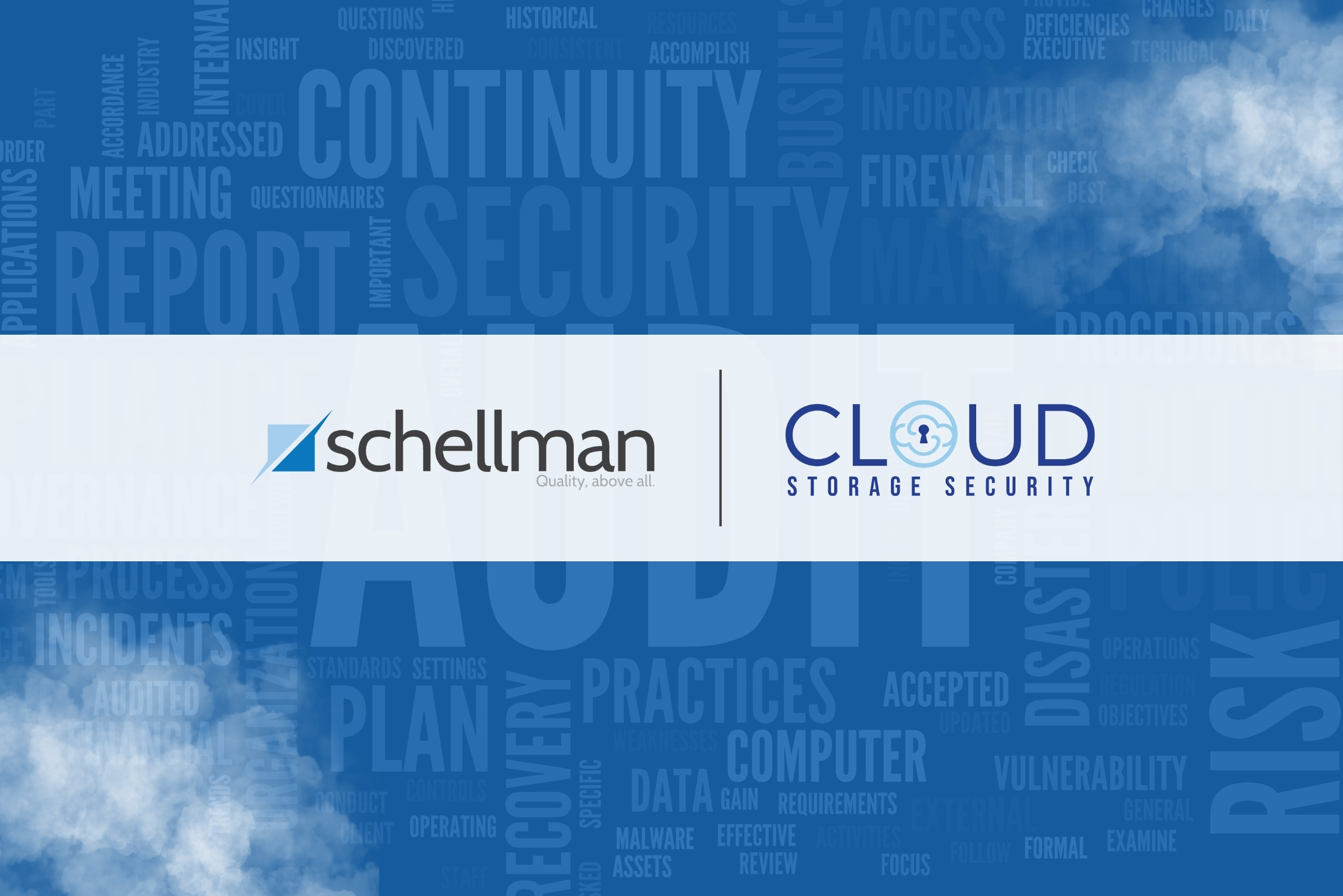
This year, cybersecurity continues to be a buzzword among decision-makers looking to future-proof their organizations. Recent surveys show that 44% of security leaders anticipate increasing their cybersecurity budgets within the next 12 months. By the end of the year, cybersecurity spending is estimated to hit $172 billion.
That said, cybersecurity isn’t a consistent industry. Just because you have a hefty budget doesn’t guarantee safety. Instead, a decent budget is best paired with an awareness of the cybersecurity trends that may impact organizations the most. Before you or your cybersecurity provider make any concrete plans or investments, first, here are some timely trends you should consider:
Increased Biometric Adoption
Since a password hack is responsible for 80% of breaches, biometric technology is expected to stem this threat. Last year, 60% of global security decision-makers planned to implement a form of biometrics in their organizations. As it is, biometric identification has already become a popular means of gaining different forms of access. For instance, most smartphones can unlock with a fingerprint (many newer versions use facial recognition), school lunches in the UK are doled out using facial recognition, and in India, the Aadhaar system helps organize the distribution of welfare assistance. As more transactions migrate online, cybersecurity experts foresee biometrics becoming a more hack-proof authentication option.
Ransomware in the Cloud
Cloud storage has proven a key tool for convenience and cost, especially as organizations undergo digital transformation. However, the data itself in cloud object storage is often overlooked as an attack vector. According to two different studies in 2021, over one-third of surveyed organizations said they were hit by ransomware and cloud-delivered malware had increased to 68% with cloud storage apps comprising 66.4% of malware delivery. As a result, antivirus solutions are already being adopted. Proven to be the first line of defense against ransomware-infected files, Antivirus for Amazon S3 by Cloud Storage Security can quarantine infected files and cut off access. This protects organizations from being hacked while other safety protocols are being initiated.
Security-as-a-Service
Usually provided by a Managed Services Provider (MSP) or a Managed Security Services Provider (MSSP), security-as-a-service is a timely solution to complex computing environments that local security systems may not be able to handle. Since MSP teams are staffed with a larger and more specialized set of workers, they’re able to offer broader and more sophisticated security measures. This is perceived to be a more cost-effective approach with a higher promise of success than just relying on internal security.
Proactive Data Recovery Planning
Just last year, over 1,291 data breaches were recorded. Often, these breaches lead to complete loss of data. Thus, it’s important for organizations to integrate more stringent recovery responses into their cybersecurity plan. As such, the ability to create disaster recovery strategies is becoming a more sought-after skill. Security analysts who are trained in this skill are even expected to see job growth increase of 32% until 2028. Without this skill, data recovery may take years. This was the case in an attack against the Scottish Protection Agency (SEPA) in late 2020. Audits in 2021 reveal that some of the agency's lost files include those critical to operations like flooding predictions. With a more proactive data recovery strategy, organizations have a higher chance of regaining vital information.
Zero-Trust Protocol
The reality is that most breaches are a result of internal human error. To prevent this from happening, zero trust is becoming the norm in highly sensitive institutions. This includes the United States government, which formally announced the zero-trust model as a major pillar in its new cybersecurity plan. According to the Biden Administration, zero-trust strategies will mitigate breaches happening externally and internally. After all, with zero-trust architecture, data is no longer democratized. Access is granted purely on an as-needed basis and multi-factor authentication is practiced. This ensures that vulnerable data is only handled by a select few.
Cybercrime in the Blockchain
The near anonymity of blockchain technology has made it attractive for supply chain management, digital tokens, and online transactions. However, this privacy has also made blockchain an accessible hideout for malicious activity. Some predict blockchain will become a tool for cybercriminals who want to camouflage their tracks. Aside from this, blockchain-powered assets like cryptocurrencies are becoming popular means of online extortion. Global security firms state that hackers are using privacy coins as ransom payments. Following the transfer of the said coins, cybercriminals use the blockchain to obfuscate their criminal ties. As a result, more firms are looking to invest in blockchain analytics to curb this.
As cybercriminals continue to fine-tune their attacks, so should we strengthen our offense and defense. Given that digitalization is more aggressive than ever, it pays to invest in cybersecurity and take a more active role in the trends that will shape it.
%20(26).png?width=2000&height=1125&name=CSS%20-%20Blog%20(Featured%20Images)%20(26).png)






